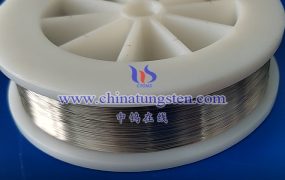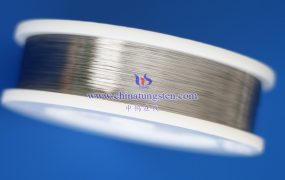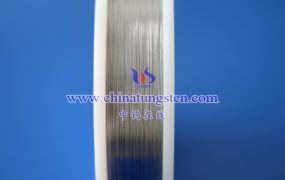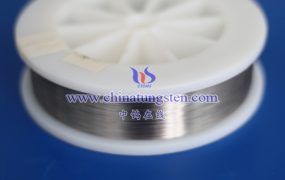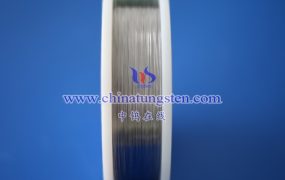The fatigue life test of tungsten wires is a complex process involving multiple steps and considerations. The following is a detailed test process:
- Test purpose and principle
The fatigue life test is designed to evaluate the number of cycles that tungsten wire undergoes from the start of loading to fracture under a specific stress level. The basic principle is to simulate the cyclic load that tungsten wire is subjected to in actual use, observe its durability under repeated loading, and thus determine its fatigue life.
- Test steps
Sample preparation
Design appropriate tungsten wire sample shape and size according to the test standard. Common sample types include tensile specimens, rotary bending specimens, etc.
Ensure that the surface finish of the sample meets the requirements and avoid the influence of surface defects on the test results. Polish or other surface treatments are performed when necessary.
Select test equipment
Select a suitable fatigue testing machine according to the test requirements, such as axial fatigue testing machine, rotary bending fatigue testing machine, etc.
Ensure that the testing machine can provide the required stress or strain amplitude and can remain stable throughout the test.
Set test parameters
Determine the stress ratio (i.e. the ratio of the minimum stress to the maximum stress in the loading cycle). Common stress ratios include R=-1 (complete reverse load), R=0 (pulsating load), etc.
Select the appropriate loading frequency and waveform according to the material properties and the expected application environment. The loading waveform can be a sine wave, a triangle wave or other complex waveform.
Set the number of cycles, which is usually determined by the material properties, the expected service life and the purpose of the test.
Preload and cyclic loading
Apply a small amount of preload to the sample to eliminate the initial deformation and check whether the fixture is firm.
Cyclic load the sample according to the predetermined stress amplitude and frequency until the sample fails or reaches the predetermined number of cycles.
Data recording and analysis
Use high-precision The data acquisition system records the stress, strain, displacement and other parameters in each cycle.
Observe and record the initiation, expansion and final fracture of any crack in real time.
Determine the fatigue life, fatigue strength and other parameters of tungsten wire through data analysis.
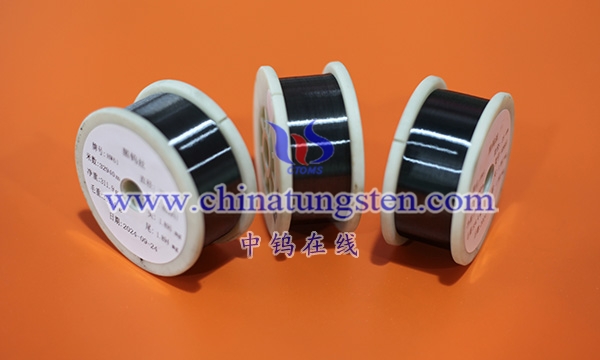
- Test precautions
Environmental factors: Consider the influence of environmental factors such as temperature and humidity on fatigue performance, and conduct tests in specific environments when necessary.
Data accuracy: Ensure that the test equipment is accurately calibrated and regularly maintain the equipment to ensure the reliability of the data.
Statistical analysis: Since fatigue testing has a certain degree of randomness, it is recommended to conduct multiple sets of parallel experiments and use statistical methods to process the data to improve the credibility of the results.
- Application of test results
Establish a fatigue performance database: Use the test results to establish a fatigue performance database for tungsten wire to provide a reference for subsequent material selection and design.
Optimize material performance: By analyzing the test results, you can understand the fatigue behavior of tungsten wire at different stress levels, thereby optimizing material performance and improving product reliability and safety.
More details of tungsten wires, please visit website: http://tungsten.com.cn/tungsten-wires.html
Please contact CHINATUNGSTEN for inquiry and order of tungsten needles:
Email: sales@chinatungsten.com
Tel.: +86 592 5129595

